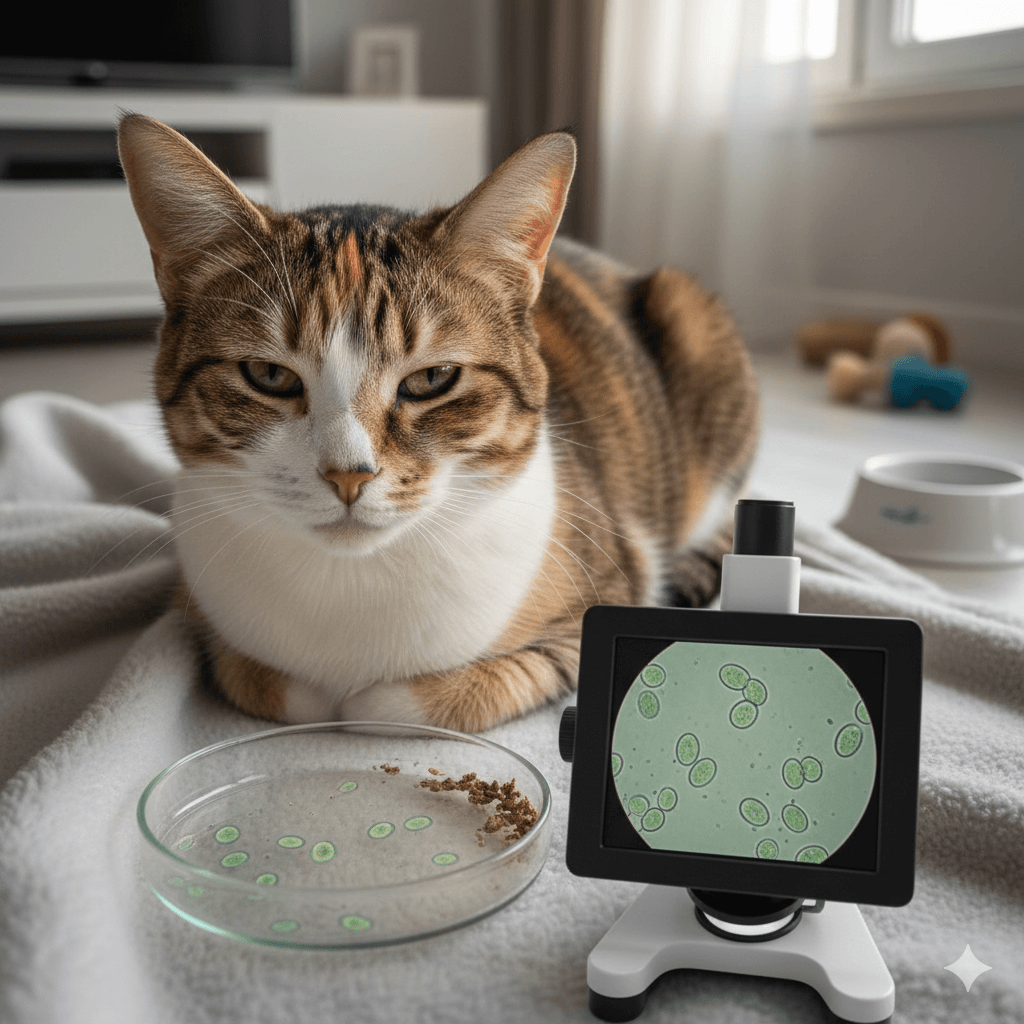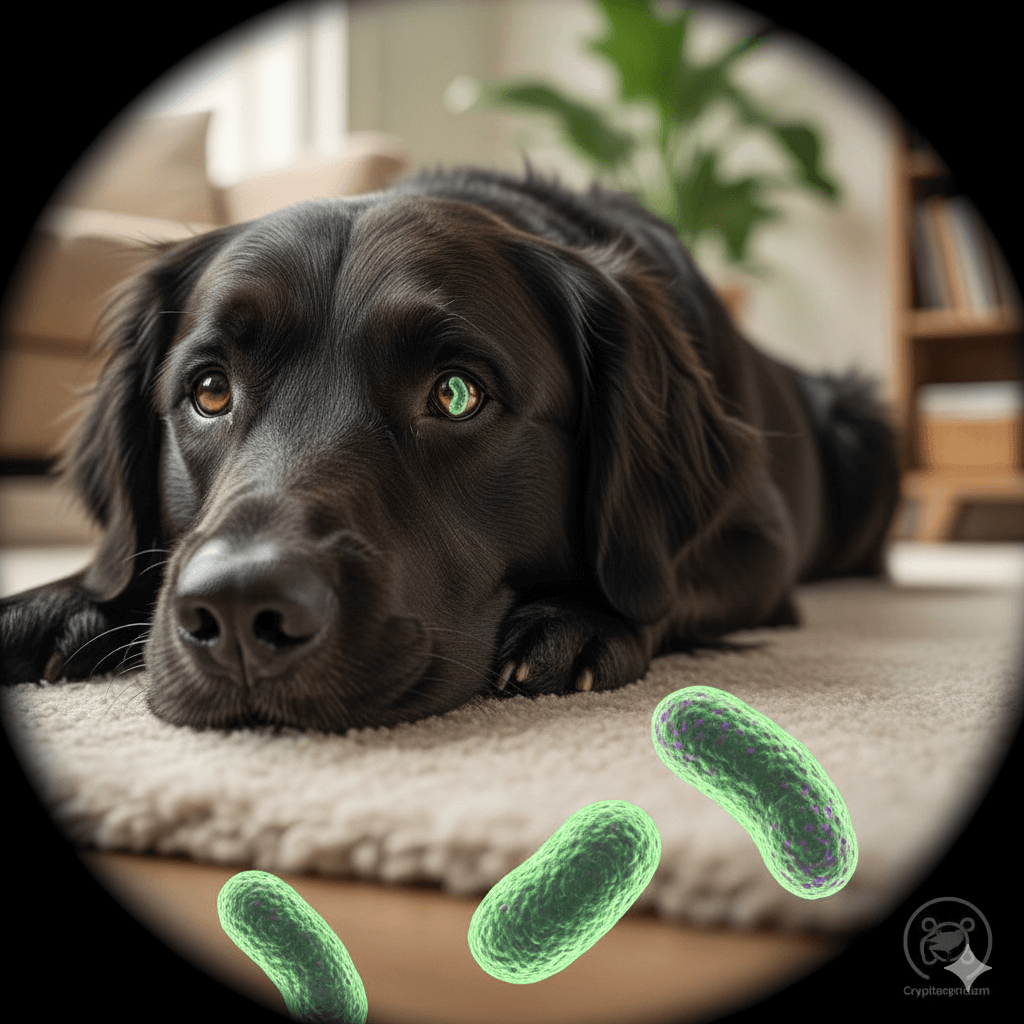Can You Get Cellulitis from a Dog Bite? Understanding the Risks and Prevention
Dog bites, while often accidental, can lead to serious health complications if not treated promptly. One potential risk is cellulitis, a bacterial skin infection that can develop after a bite or scratch. While dogs are beloved companions, their mouths harbor bacteria that can pose health risks to humans. In this blog post, we’ll explore whether cellulitis can result from a dog bite, how to recognize the symptoms, and what steps you can take to prevent or treat an infection. Whether you’re a pet owner or someone who interacts with dogs regularly, understanding these risks is crucial for staying safe and healthy.
How Dog Bites Can Lead to Cellulitis
A dog bite can introduce harmful bacteria into the skin, creating an environment where infections like cellulitis can thrive. Here’s how a seemingly minor bite can escalate into a more serious condition.
Bacteria in a Dog’s Mouth:
A dog’s mouth contains various types of bacteria, including Pasteurella and Staphylococcus, which can cause infections in humans.Skin Breakage:
When a dog bite breaks the skin, it creates an entry point for bacteria to invade deeper layers of tissue.Delayed Cleaning:
Failing to clean the wound immediately increases the likelihood of bacteria multiplying and causing an infection.Weakened Immune System:
Individuals with compromised immune systems are at higher risk of developing cellulitis from a dog bite.Untreated Wounds:
Neglecting to seek medical attention for a dog bite can allow cellulitis to progress unchecked.
Understanding these factors highlights the importance of proper wound care and timely medical intervention. Even a small bite should never be ignored, as it can lead to significant health issues if left untreated.
Symptoms of Cellulitis After a Dog Bite
Recognizing the signs of cellulitis early can help prevent complications and ensure prompt treatment. If you’ve been bitten by a dog, watch for these symptoms around the affected area.
Redness and Swelling:
The skin around the bite may become red, swollen, and warm to the touch.Pain and Tenderness:
The area might feel sore or tender, even if the initial bite seemed minor.Fever and Chills:
Systemic symptoms like fever and chills could indicate a spreading infection.Pus or Discharge:
The wound may start oozing pus or other fluids, signaling an active infection.Spreading Redness:
Red streaks extending from the bite site can indicate that the infection is spreading through the lymphatic system.
If you notice any of these symptoms, it’s essential to seek medical attention immediately. Early diagnosis and treatment can prevent cellulitis from worsening and reduce the risk of complications.
Check this guide 👉Why Does My Dog Bite When Excited? Best 7 Behavior Tips!
Check this guide 👉Why Did My Dog Bite My Face? Best 7 Expert Tips!
Check this guide 👉Raccoon Bite Marks on Dogs: Best 7 Health Tips!

Preventive Measures | Treatment Options |
|---|---|
Clean the wound immediately | Antibiotics prescribed by a doctor |
Wash with soap and water | Pain relievers for discomfort |
Apply an antiseptic solution | Warm compresses to reduce swelling |
Monitor for signs of infection | Elevate the affected area |
Seek medical advice for deep bites | Follow up with healthcare provider |
Steps to Prevent Cellulitis After a Dog Bite
Prevention is always better than cure when it comes to infections like cellulitis. Taking the right precautions after a dog bite can significantly reduce the risk of complications.
Clean the Wound Thoroughly:
Rinse the bite under running water and use mild soap to remove dirt and bacteria.Apply an Antiseptic:
Use an over-the-counter antiseptic solution to disinfect the area and kill germs.Cover the Wound:
Use a sterile bandage to protect the bite from further contamination.Avoid Scratching or Picking:
Refrain from touching or scratching the wound, as this can worsen the infection risk.Consult a Doctor:
Visit a healthcare professional, especially if the bite is deep or shows signs of infection.
By following these steps, you can minimize the chances of cellulitis developing and ensure a faster recovery. Remember, even minor bites deserve proper care.
When to Seek Medical Attention for a Dog Bite
Knowing when to see a doctor after a dog bite is critical for preventing serious infections like cellulitis. Here are some situations where medical attention is necessary.
Deep Puncture Wounds:
If the bite penetrates deeply into the skin, it requires professional evaluation and cleaning.Signs of Infection:
Symptoms like redness, swelling, or pus warrant immediate medical care.Bites on Sensitive Areas:
Bites on the face, hands, or joints need special attention due to their proximity to vital structures.Uncleaned or Untreated Bites:
If the wound wasn’t cleaned properly soon after the incident, consult a doctor.Unknown Vaccination Status:
If the dog’s rabies vaccination status is unknown, seek medical advice to rule out rabies risk.
Prompt medical attention ensures that any potential issues are addressed before they escalate. Don’t hesitate to reach out to a healthcare provider if you’re unsure about the severity of the bite.
Common Misconceptions About Dog Bites and Infections
There are several myths surrounding dog bites and their potential to cause infections like cellulitis. Let’s debunk some of these misconceptions to ensure accurate understanding.
Myth: Only Stray Dogs Pose a Risk:
Even domesticated pets can carry bacteria that lead to infections.Myth: Small Bites Aren’t Dangerous:
Any break in the skin can introduce bacteria, regardless of the bite size.Myth: Rabies Is the Only Concern:
While rabies is serious, bacterial infections like cellulitis are far more common.Myth: Washing the Wound Isn’t Necessary:
Proper cleaning is crucial to reducing infection risk.Myth: Antibiotics Are Always Needed:
Minor bites may heal without antibiotics, but severe cases require medical treatment.
Understanding the truth behind these myths helps you make informed decisions about dog bite care.
Tips for Dog Owners to Prevent Bites
As a dog owner, taking steps to prevent bites is essential for protecting both your pet and others. Here are some practical tips to minimize the risk of bites.
Socialize Your Dog Early:
Expose your dog to different people and environments to build confidence and reduce fear-based aggression.Train Basic Commands:
Teaching commands like “sit” and “stay” helps maintain control in potentially stressful situations.Supervise Interactions:
Always monitor your dog when interacting with children or strangers.Recognize Warning Signs:
Learn to identify signs of stress or aggression in your dog, such as growling or stiff body posture.Keep Vaccinations Up-to-Date:
Ensure your dog is vaccinated to reduce the risk of transmitting diseases through bites.
By implementing these strategies, you can create a safer environment for everyone involved.
First Aid Kit Essentials for Dog Bite Emergencies
Having a well-stocked first aid kit can make a big difference in managing dog bites effectively. Here’s what you should include.
Antiseptic Solution:
For cleaning the wound and killing bacteria.Sterile Bandages:
To cover and protect the bite area.Disposable Gloves:
To prevent contamination while treating the wound.Pain Relievers:
Over-the-counter options like ibuprofen can help manage discomfort.First Aid Manual:
A guide to handling emergencies, including dog bites.
Being prepared with these essentials ensures you can respond quickly and effectively in case of a dog bite incident.
Frequently Asked Questions About Cellulitis from Dog Bites
Can all dog bites cause cellulitis?
Not all bites lead to cellulitis, but any break in the skin from a dog bite can potentially introduce bacteria that cause infection.
How long does it take for cellulitis to develop?
Symptoms of cellulitis can appear within hours to a few days after the bite.
Is cellulitis contagious?
No, cellulitis is not contagious because it affects deeper layers of the skin rather than the surface.
What antibiotics are used for cellulitis?
Common antibiotics include penicillin, amoxicillin, or cephalexin, but only a doctor can prescribe the appropriate medication.
Can I treat cellulitis at home?
Mild cases may improve with home care, but severe or spreading infections require medical treatment.
Stay Safe and Informed: Managing Dog Bites and Preventing Cellulitis
While dog bites are often accidental, they carry the risk of infections like cellulitis if not handled properly. By understanding the causes, symptoms, and preventive measures, you can protect yourself and your loved ones from potential complications. Always prioritize proper wound care and seek medical advice when needed. With the right knowledge and precautions, you can enjoy the companionship of dogs while minimizing the risks associated with bites. Remember, prevention and awareness are your best tools for staying safe.
Understanding Cryptosporidium in Cats: Best 7 Expert Tips! – Spot symptoms, treat safely, and stop parasite spread in your home.
Understanding Cryptosporidium in Dogs: Best 7 Expert Tips! – Learn symptoms, treatment & prevention for this stubborn gut parasite.
Understanding Syringomyelia in Cats: Best 7 Expert Tips! – Recognize signs, manage pain, and support your cat’s neurological health with vet-backed guidance.
Understanding Syringomyelia in Dogs: Best 7 Expert Tips! – Expert insights on symptoms, MRI diagnosis, pain management & quality of life.





